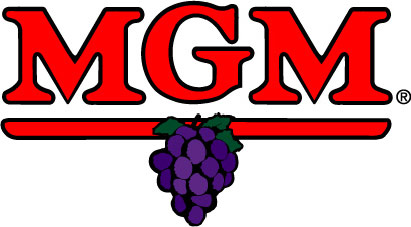Interestingly, all Champagne is considered sparkling wine, but not all sparkling wine is Champagne. This is due to the location where the wine is made: Champagne is only made in the historical Champagne wine region in the northeast corner of France. Sparkling wines such as Cava and Prosecco, on the other hand, are made from regions in Spain and Italy, respectively.
Making sparkling wine involves starting with a tart base wine and adding sugar and yeast before putting the wine through a second fermentation process. In the traditional methode champenoise the secondary, bubble-producing fermentation takes place in the bottle. This makes for desirable tiny, delicate bubbles and is generally a more expensive method than the bulk charmat method, in which the second fermentation is done in tanks. Both methods end in dosage, the final step before bottling the wine.
During dosage, one final mixture of wine and sugar is added for flavor. The amount of sugar added during this phase is what determines the sparkling wine’s sweetness. The levels range from brut nature, which has no added sugar to doux, which contains about 2 teaspoons of residual sugar per 5-ounce serving. Wine labeled brut–the most common type–is very dry. Extra dry, ironically, is slightly sweeter. Sec is medium sweet, demi-sec is sweet, and doux is very sweet.
Grapes most commonly used for Champagne include two red–Pinot Noir and Pinot Meunier–and one white grape–Chardonnay–for a harmonious combination of fruitiness and body. Spanish Cava uses Macabeu, Parellada and Xarel-lo grapes, giving it a similar flavor to Champagne, and Prosecco uses Glera or Bianchetta Trevigiana, giving it an especially fruity aroma.





